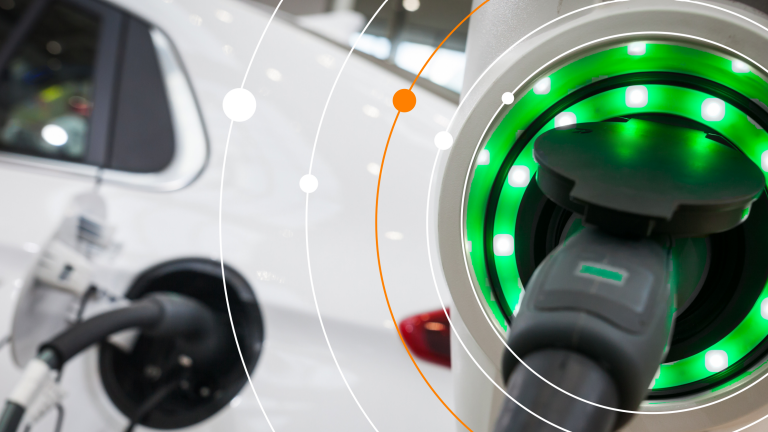Electric Cars Becoming More Affordable and Accessible
Salt Lake City-based dealer, Alex Lawrence, has seen a shift in his clientele over the last year. Rather than affluent professionals able to afford a $70,000 Rivian luxury pickup truck, he has noticed an influx of younger, more budget-conscious customers. Used Teslas, drifitng around $20,000 after a $4,000 federal tax credit, are becoming a popular choice.
Changing Perceptions and Falling Prices
Once seen primarily as status symbols for the liberal elite, electric vehicles (EVs) are becoming more accessible. Prices are dropping due to increased competition, lower raw material costs, and improved manufacturing efficiency. Federal tax credits of up to $7,500 for new electric cars, often supplemented with state incentives, are also making EVs more affordable.
Technological Advancements and the EV Market
Improvements in technology are making EVs more practical. Cars that can travel over 300 miles on fully charged batteries are increasingly commonplace, and charging times are dropping below 30 minutes. The number of fast chargers, which can fully charge a battery in less than 30 minutes, increased by 36 percent between April 2023 and April 2024. Carmakers such as Tesla, Ford, General Motors, and Stellantis (owners of Jeep) have plans to produce electric vehicles with starting prices as low as $25,000.
“The EV market has hit an inflection point,” said Randy Parker, CEO of Hyundai Motor America, which will start producing its own EVs at a Georgia factory later this year. The potential disruption of EV subsidies, even under a Republican government, may not be able to halt the market forces driving down prices.
Electric Vehicles Still More Expensive
Despite promising trends, EVs, which averaged $55,252 in the U.S. in April, still cost more than their gasoline counterparts. However, these calculations don’t include lower fuel and maintenance costs associated with EVs, which may already make them a better deal for frequent drivers. Automakers are also offering considerable discounts on EV models to attract buyers.
Costs could rise with the Biden administration’s decision to raise tariffs on lithium-ion batteries from China to 25 percent from 7.5 percent, as over half of these batteries used in US-sold cars come from China. While companies are building battery factories in the US and Canada, it will take several years before they can replace Chinese supply.
Market Forces Pushing Down Prices
Despite these challenges, manufacturing costs are dropping as traditional carmakers start applying their decades of experience with mass production to EV technology. For example, General Motors (GM) plans to sell an electric version of its Chevrolet Equinox for under $30,000 after the federal tax credit later this year, and a cheaper model, the Chevrolet Bolt, next year. These newer models will be built with GM’s Ultium platform, which uses the same batteries and parts for different vehicles, reducing costs.
Competition is also heating up as Japanese automakers like Toyota move into the EV market, with Honda planning to start producing EVs at an Ohio factory next year. According to Cars.com, more than 100 fully electric models will be for sale in the U.S. by next year, making it possible for anyone to find an EV within their budget.
Used EV Market Expanding
Used EV prices are a crucial consideration, as most people buy used cars. A strong used market dramatically increases the number of people who can consider buying EVs. More than half of the used EVs available sell for under $30,000 according to Recurrent, a research firm that focuses on the used EV market.
For instance, Jesse Lore, owner of Green Wave Electric Vehicles in North Hampton, N.H., recently sold a used Chevy Bolt for $15,000. After applying a federal tax credit for used EVs, the price was $11,000. Lore noted that in addition to affordable prices, customers appreciate the quietness, eco-friendliness, and speed of EVs.
Original Story at www.nytimes.com
